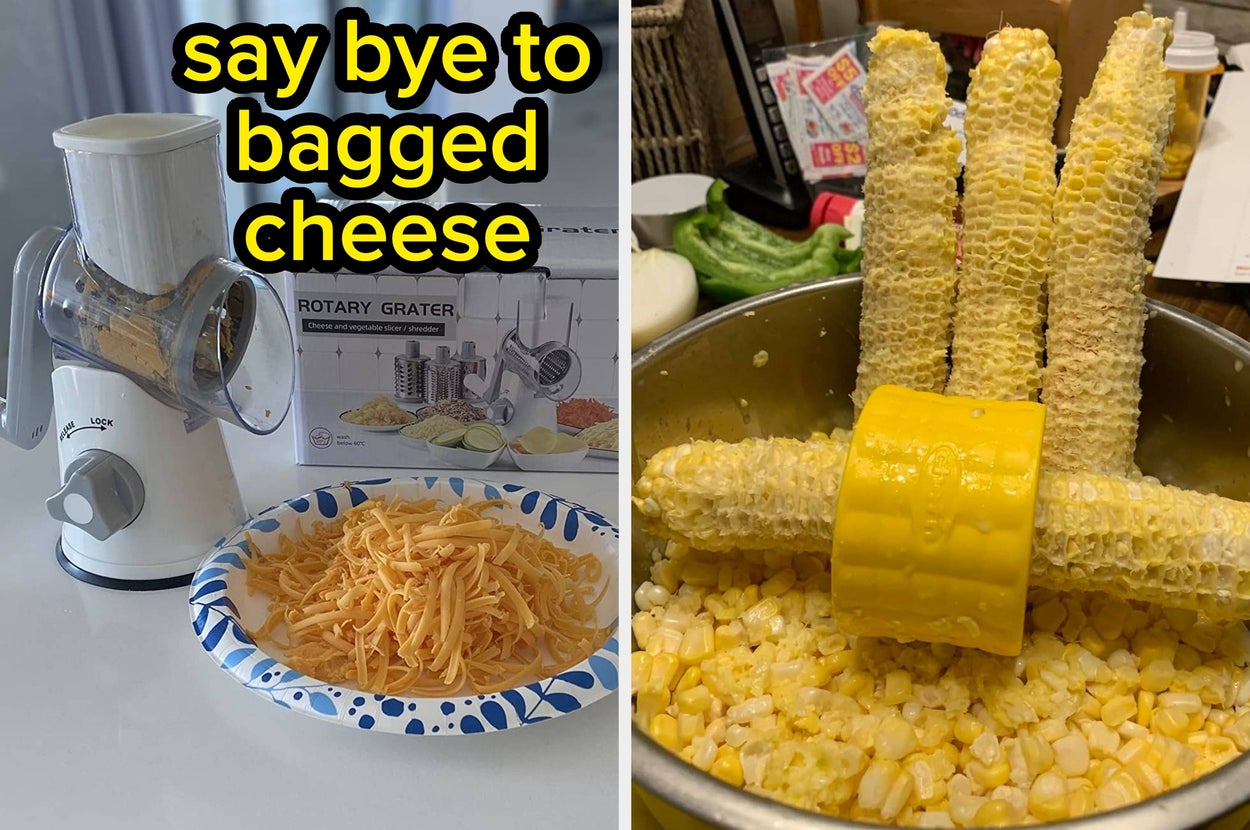One January afternoon, 11-year-old McKenna Moore gathered the butter, flour and sugar to make a treat for fellow members of the Girl Scouts of North East Ohio. Along with her mom, Lisa, McKenna made a batch of cookies using the , a seven-ingredient bake more than a century old. Indeed, Girl Scouts used to bake and sell their own cookies — and the recipe’s history is a look into the enterprising spirit that drives the organization in the modern age.
“Me and my mom love to do different recipes to start cookie sales and stuff, to tell people it’s cookie time,” McKenna, who has been a Girl Scout for five years, tells TODAY.com. Her mom chimes in to list all the recipes McKenna has made online to drum up sales, including and .

McKenna speaks about camping, working with therapy dogs and other badges she’s sewn onto her sash, showing she has much more than cookies on her plate — but they’re an important facet of Scouting. “You get to meet new people all the time,” McKenna says. “It’s just really amazing talking and hearing what people love about Girl Scout Cookies so much.
” Girl Scout Cookies are ubiquitous: Whether they’re in your neck of the woods, the chance of running into a local troop set up outside stores or your door is likely — and that’s by design. According to the Girl Scouts of the USA, the very first Girl Scout Cookie fundraiser took place in 1917, in Muskogee, Oklahoma when the Girl Scouts of the Mistletoe Troop baked homemade cookies and sold them out of their high school cafeteria. Five years later, a recipe was first published in the July 1922 issue of the , submitted by Miss Florence E.
Neil, a Girl Scout director from Chicago, Illinois. “Homemade, simple sugar cookies became a popular fundraising method for Girl Scouts across the country for the next decade,” Girl Scouts historian Shannon Browning-Mullis tells TODAY.com.
“All troops are asked to bake and sell cookies,” page 26 of the American Girl magazine reads above a recipe for six to seven dozen cookies. “Material will cost from 26 to 36 cents. These cookies will sell for 25 or 30 cents a dozen, depending on your neighborhood.
” Several troops planned to use the money they made to start a camp fund, which the magazine said was “an excellent idea,” encouraging others to take part. “Think it over. Is there any scout who is not willing to do her share?” the publication asked.
The headline over the recipe shouts, “ATTENTION SCOUTS! MARCH! BAKE! SELL!” “When I started looking into those first few years in the newspapers, Calvin Coolidge’s wife, Grace Coolidge, kept coming up over and over,” Max Miller, YouTuber and author of “ ,” tells TODAY.com. Miller, who , learned that when first lady Grace Coolidge personally from Girl Scouts on Oct.
17, 1923, it became national news, proving just how popular the concept had become. “Something that would never become national news today, might maybe appear on page 50, was a big thing at that time,” he says. “So it’s just interesting to see kind of where our priorities are now.
” Browning-Mullis says, in 1934, the Girl Scouts of Greater Philadelphia Council was the first group to use a commercial bakery to supply their cookie sales. “The popularity of commercially baked cookies prompted the national organization to license the nationwide commercial bakeries in 1936.” Sugar and butter temporarily paused cookie sales, according to Browning-Mullis, but the postwar economic boom led to a surge in popularity for the Girl Scouts, and cookie sale operations expanded dramatically.
First ladies, including and , continued the tradition of welcoming Girl Scouts to Washington over the years. “Over the next several decades, new cookie flavors, new bakeries and a standardized program focusing on entrepreneurship were introduced,” Browning-Mullis says, and the Scouts evolved their sales strategy from door-to-door sales to tables and booths in shopping malls to a , which launched in 2014. “The method of Girl Scout Cookie sales has changed over the last one hundred years, but the spirit of community, local outreach, and entrepreneurship remains the same,” she adds.
Back in 1913, when the Girl Guides of America to the Girl Scouts of the United States of America, head of the Boy Scouts James E. West criticized use of the term “scouts” by an all-girls group, saying it “trivialized” and “sissified” his organization. He wrote many letters and even brought legal challenges in an attempt to stop the name change, but ultimately failed.
“In the past, for Girl Scouts, it’s like, you can do something even though you’re apparently not supposed to,” McKenna says. “It’s like, ‘Girls can’t go hiking or outside and do all these activities and stuff.”’ “History tells you, ‘Yes, you can,’” she declares.
“No matter what other people tell you.” Joseph Lamour is the food reporter at TODAY.com and is based in Washington D.
C..
Food

The story of the first Girl Scout cookie

This is the story of the original Girl Scout Cookie, from 1917 until now. An 11-year-old Girl Scout explains why the recipe is important to her.















